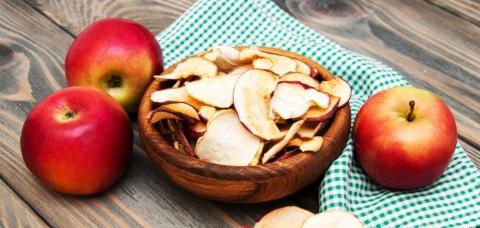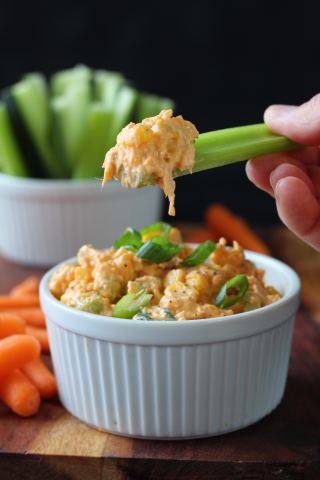
During winter in Nebraska, do you find yourself dreaming of the sweet strawberries of June, fresh garden green beans of July or juicy tomatoes of August? Take advantage of seasonal produce sales and follow easy preservation steps to enjoy the wonderful flavor and nutrition of fruits and vegetables all year round.
Plan Ahead
Capitalize on great summer flavors by planting a garden and/or shopping at a farmers market or a local grocery store. Our Nebraska Produce website has great resources on how to select, properly store, and the nutritional benefits of eating fruits and vegetables. Most produce can be preserved using one of four different methods: dehydrating, pickling/fermenting, freezing or canning.
- Dehydrating - Drying is one of the oldest methods for preserving foods. Dried foods need little space for storage. Some dried foods, such as fruit leathers are eaten as is while others such as vegetables must be rehydrated for use.
- Pickling/Fermenting – Many vegetables can be pickled; cucumbers and cabbage are the most common. Pickling is the term used for preserving foods with acid and salt. This method relies on adding acid to lower the pH of the product to 4.6 or lower and allows the food to be processed using the boiling water or steam canning process. There are two pickling methods that can be used to achieve this level of acidity, fermentation and the fresh-pack or quick-process method.
- Freezing – This is a quick and convenient way to extend the storage time of many foods. The quality of frozen foods will vary depending on how it is prepared for freezing, on packaging materials and storage time.
- Canning – Proper canning practices must be followed to assure that oxygen has been removed, enzymes destroyed, and a high vacuum seal has formed in the canning jar. This will prevent the growth of undesirable bacteria, yeasts, and molds. Whether food should be processed in a boiling water canner or a pressure canner depends on the acidity in the food.
Before preserving and storing produce, first decide how it will be used. Package it in the quantities you will need for that purpose. For example, a recipe may call for a specific amount of produce in cups. This is important for freezing fruits to later make into jam or jelly, as the fruit will measure different when thawed. When dehydrating fruit that may be used later as a snack, pack snack size bags for quick and easy retrieval from the pantry.
Ideas for Preserving Foods
Get creative with new ways of preserving Nebraska produce to utilize throughout the entire year. Don't be afraid to experiment with a new type of produce or try a new method of preserving.
- Apples – Creating apple chips is simple and makes for a quick snack later. Most apple varieties require a pretreatment prior to dehydrating. Be sure to check for dryness before packaging.
- Asparagus - Freeze asparagus to enjoy later as a nutritious side dish or include pickled asparagus on your holiday relish tray.
- Cabbage – Prepare tangy fermented sauerkraut for your football tailgate party this fall.
- Carrots – Carrots can easily be dried and then used in soups or casseroles. Dehydrated carrots take up little storage space. Or try pickling carrots to use on a relish tray.
- Beets – Beets can be frozen or pickled depending on how you plan to use them later.
- Blueberries– Freeze blueberries to use in cereal, add to yogurt, put into smoothies or make into jam in early winter for gift giving.
- Broccoli – Broccoli does need to be blanched prior to freezing. Be sure to seek out correct water or steam blanching methods.
- Rhubarb – Rhubarb can be cleaned, cut and frozen to use later. Package in freezer containers or bags in 1 cup measurements so once thawed, it is ready to use in a dessert recipe or make into rhubarb syrup.
- Strawberries - Freeze or dehydrate strawberries for a serving of fruit in your morning cereal, add them to a favorite fruit smoothie or make into jam for later gift giving.
Sources:
Complete Guide to Home Canning, Agriculture Information Bulletin No. 539, United States Department of Agriculture, revised 2015
Double Up Food Bucks, Nebraska Extension
Food Preservation, Nebraska Extension
National Center for Home Food Preservation, University of Georgia
P. Kendall and J. Sofos, Drying Fruits, Colorado State University
Produce Availability, The Nebraska Department of Agriculture
Seasonal Produce Guide, SNAP-Ed Connection, United States Department of Agriculture (USDA)
This article has been peer-reviewed.
Tags:
Feedback Form
Feedback Form
If you do not see the article, please scroll up the page.







